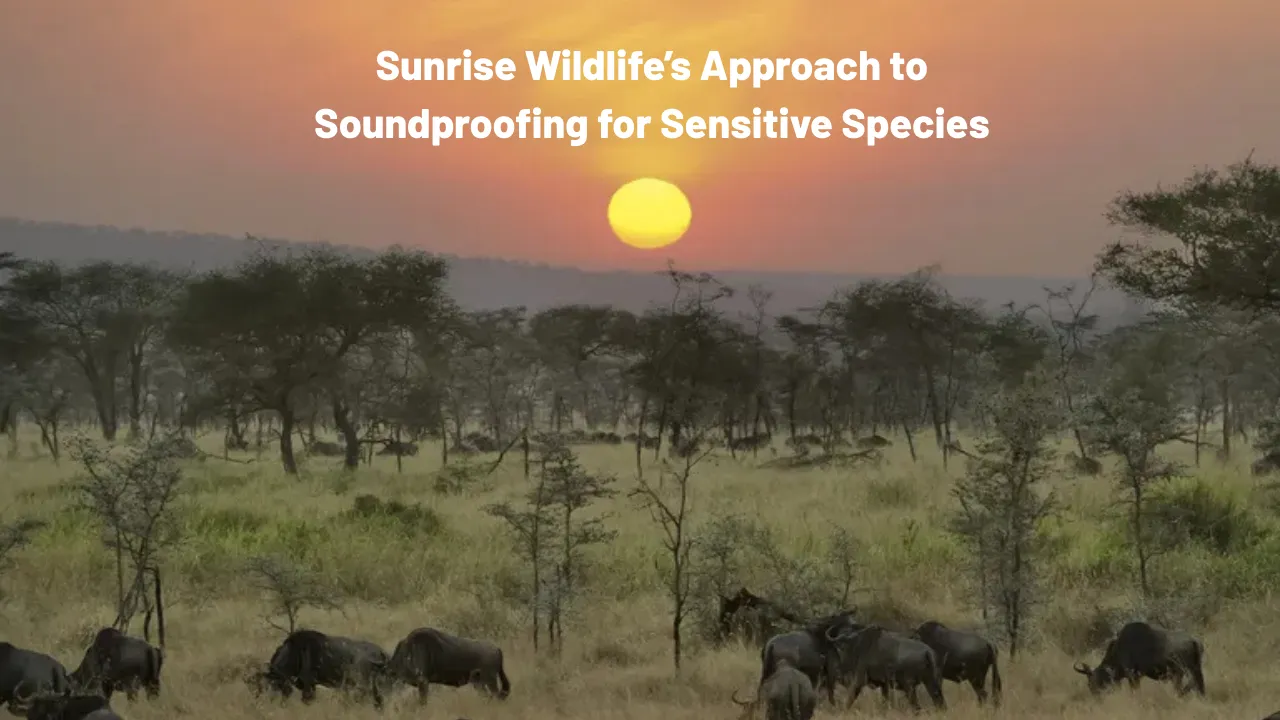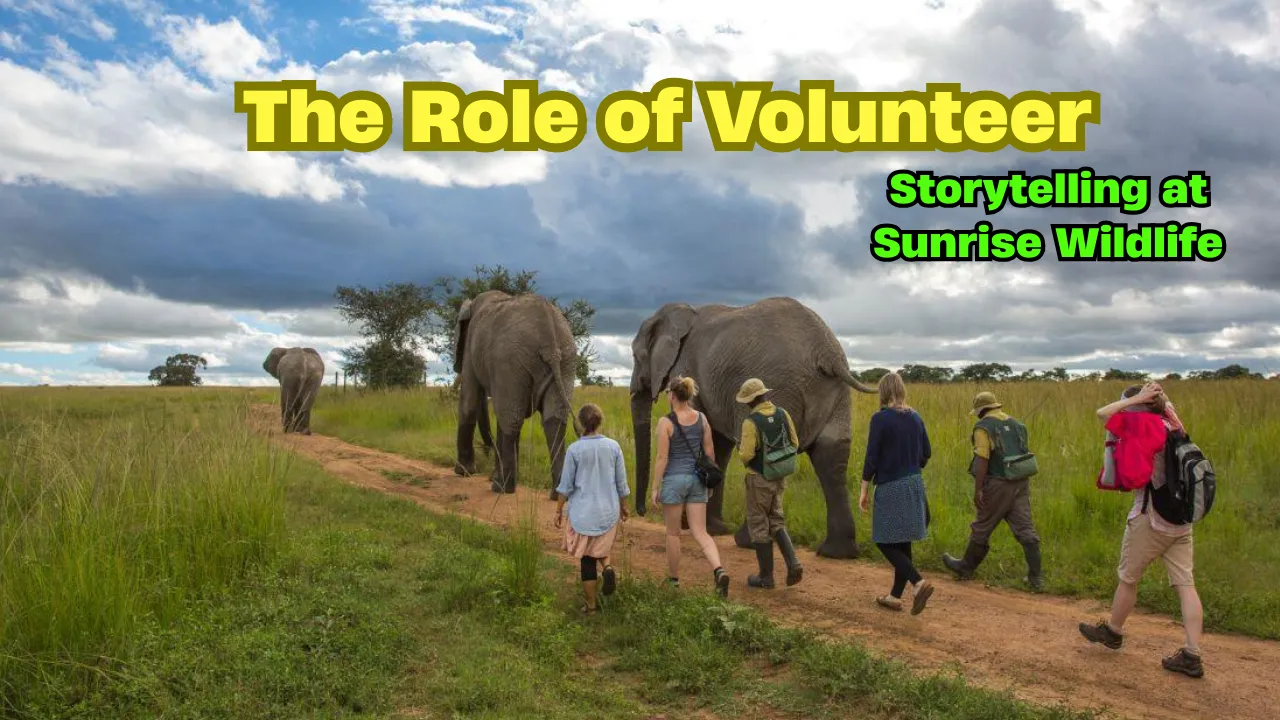Morning Routine at Sunrise Wildlife is not just a routine—it’s a carefully choreographed sequence of dedication, empathy, and precision. As the sky begins to brighten and the forest rustles with life, a quiet but purposeful rhythm takes over the sanctuary. This is the unseen yet vital part of conservation work—the behind-the-scenes care that ensures the wellbeing of every animal, from the smallest bird to the most majestic predator.
In this article, we’ll guide you through the first few hours of the day at Sunrise Wildlife. You’ll learn how the team works seamlessly to wake the animals, feed them, monitor their health, clean their enclosures, and provide enrichment that mirrors life in the wild. It’s a deep dive into the world of early-hour animal care—real, raw, and incredibly meaningful.
The Morning Routine at Sunrise Wildlife: Why These Early Hours Matter
The morning routine at Sunrise Wildlife sets the tone for the entire day. These early hours are essential not just for feeding and hygiene, but for creating a calm and stable environment for the animals. The team works together to observe each animal’s mood, health, and behavior, making important mental notes that guide the day ahead. Every decision made during this time is based on compassion, experience, and knowledge of animal behavior. This routine also helps reduce stress among the animals by following predictable patterns and giving them a sense of safety. From preparing species-specific meals to introducing enrichment activities, this routine is the heartbeat of the sanctuary’s daily life.
Overview Table of Morning Tasks at Sunrise Wildlife
| Task | Time Started | Purpose | Team Involved |
| Quiet enclosure checks | 5:30 AM | Ensure safety and overnight welfare | All caretakers |
| Morning feeding | 6:00 AM | Nutrition and behavioral monitoring | Feeding specialists |
| Health check observations | 6:30 AM | Spot signs of illness or distress | Vet assistants |
| Habitat cleaning | 7:00 AM | Hygiene and comfort | Groundskeepers |
| Daily planning meeting | 7:30 AM | Staff coordination and updates | All departments |
| Enrichment setup | 8:00 AM | Mental and physical stimulation | Animal behaviorists |
Wake-Up Call: When the Sanctuary Comes to Life
As dawn breaks, the sanctuary begins its transformation from silence to soft motion. Caretakers enter the enclosures quietly, respecting the animals’ natural waking patterns. No alarms, no sudden movements—just a calm and slow start. Some creatures, like the barn owls and foxes, are still winding down after a night of activity, while others like the deer and parrots are beginning to stretch and stir.
This first step in the morning routine at Sunrise Wildlife is essential for maintaining trust between animals and humans. Waking them gently allows the team to get a true read on their behavior without stress interference. If an animal seems off—unusually sluggish or overly active—staff can adjust their care plan accordingly. These micro-observations are key to early intervention.
Early Feeding: Fuel for the Day
Nutrition is tailored, not standardized. Every animal has a feeding plan designed by nutritionists and caregivers based on species, age, health, and behavior. At Sunrise Wildlife, meals aren’t just fuel—they’re medicine, enrichment, and trust-building tools. For herbivores, crisp greens, roots, and fresh fruit are chopped and spread in natural foraging patterns. For carnivores, meat is offered with enough variation to simulate wild hunting unpredictability.
Feeding is a chance for more than just nourishment—it’s when caregivers take close mental notes on appetite and interaction. A tiger skipping a meal, or a monkey showing less excitement at breakfast, may be showing early signs of an issue. This stage in the morning routine at Sunrise Wildlife is critical for health tracking, bonding, and keeping the animals’ natural instincts engaged.
Health Checks and Cleaning
As soon as feeding wraps up, two things happen in parallel: basic health inspections and habitat cleaning. Without disturbing the animals too much, trained staff look for signs like limping, discharge, over-grooming, or lethargy. If a red flag is spotted, it’s logged and later addressed during vet rounds.
Meanwhile, cleaning begins. Cleanliness isn’t just aesthetic—it’s vital. Old bedding, leftover food, and waste can breed bacteria and raise stress levels. The goal is not to create sterile spaces, but natural, clean environments that mimic wild habitats. Staff also use this time to reset items, fix broken perches, and add fresh water.
This part of the morning routine at Sunrise Wildlife is both physical and observational labor—it’s where the smallest details can save a life.
Team Coordination and Planning
Once the essential animal care steps are complete, it’s time for the morning huddle. The entire team—from caretakers to veterinary staff—gathers to discuss the morning’s observations. This collaborative check-in ensures everyone is aligned on what each animal needs that day. Whether it’s administering medication to an aging wolf, introducing a new toy to a curious raccoon, or rearranging a climbing structure for the lemurs—every detail is logged and communicated.
This organizational piece of the morning routine at Sunrise Wildlife ensures that no animal is overlooked and every staff member is equipped for the day. It’s the bridge between preparation and execution, making the sanctuary function like a well-oiled machine grounded in empathy.
Daily Enrichment Setup
One of the most innovative and engaging parts of the morning routine at Sunrise Wildlife is the preparation of enrichment activities. These aren’t just toys—they’re experiences designed to mentally and physically stimulate the animals. For some, this might mean puzzle feeders filled with hidden treats. For others, it could be scent trails, climbing puzzles, or interaction games that challenge their instincts and keep their brains sharp.
The enrichment isn’t random—it’s tailored to species and personality. A solitary jaguar might prefer scent exploration, while a family of otters might enjoy group-based problem solving. By integrating this every morning, the sanctuary ensures the animals don’t just survive—they thrive.
Two Key Highlights in the Morning Routine:
- Feeding with Observation
Every animal’s mealtime is monitored to track health and behavior patterns. It’s more than just food—it’s a diagnostic opportunity. - Enclosure Hygiene and Comfort
Clean, naturalistic spaces are refreshed daily to maintain mental and physical wellbeing. A healthy home makes for a healthy animal.
FAQs
What is the first task in the morning routine at Sunrise Wildlife?
The first task is quietly checking each enclosure to ensure the animals are safe and have rested well overnight.
How do staff wake the animals without causing stress?
They follow natural light cues and use calm tones, avoiding sudden noise or movement that might startle the animals.
What kinds of food are given to the animals in the morning?
Meals vary by species, including fruits, vegetables, meats, grains, and specially formulated supplements.
Are medical checks done every morning?
Yes, basic health observations are performed daily, and detailed checks are done as needed based on those findings.
Why is enrichment done so early in the day?
Morning enrichment helps stimulate natural behavior and sets a positive tone for the rest of the day.
Final Thought
The morning routine at Sunrise Wildlife is a perfect blend of routine and intuition. It’s not just about feeding and cleaning—it’s about deeply knowing each animal, recognizing their individual needs, and creating a safe, enriching start to their day. These morning hours are filled with dedication and small acts of care that together make a big difference. If this insight into sanctuary life moved you, consider sharing this article or leaving a comment.












